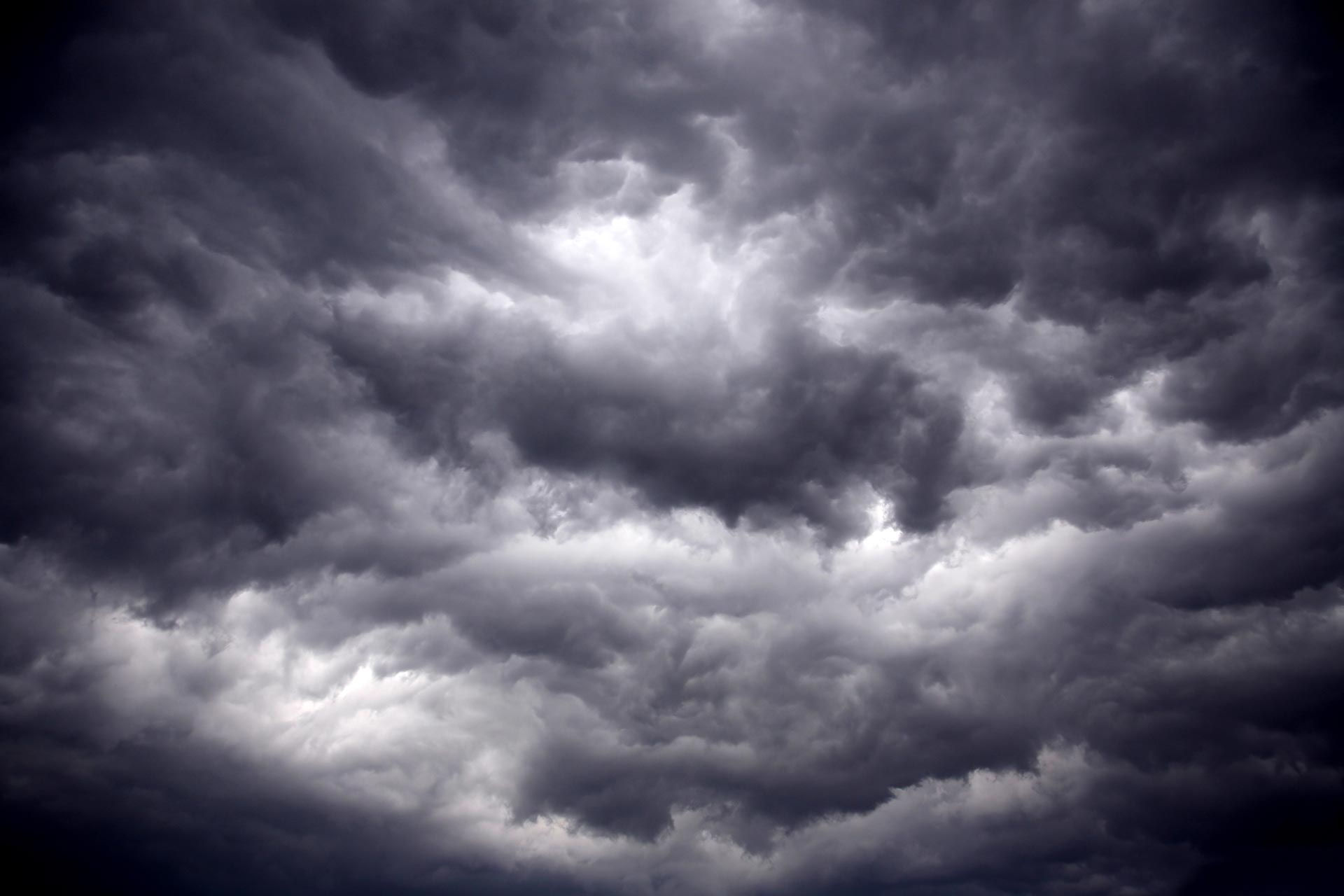SUMMER SOLSTICE WITH A TWIST...
Late Friday morning (10:54 AM to be exact) we can officially say hello to summer. Technically speaking, the summer solstice occurs when the sun is directly over the Tropic of Cancer, or 23.5 degrees north latitude. It will be the longest day of 2019 for anyone living north of the equator.

My daughter said she heard that it was the longest day in Earth's entire history and wondered if indeed that was true. I looked it up and came up with this answer. Probably not, but it is close. Ever since the Earth has had liquid oceans and a moon, its rotation has been gradually slowing over time due to tidal friction. That means that over very, very long periods of time, the days have been getting steadily longer. About 4.5 billion years ago, it took Earth just six hours to complete one rotation. About 350 million years ago, it took 23 hours. Today, of course, it takes about 24 hours. And the days will gradually get longer still.
Given that, you’d think 2018 would be the longest day in all of history. But while it’s certainly up there, it doesn’t quite take top honors.

That’s because tidal friction isn’t the only thing affecting Earth’s rotation; there are a few countervailing factors. The melting of glacial ice, which has been occurring since the end of the last ice age 12,000 years ago (and is now ramping up because of global warming), is actually speeding up Earth’s rotation very slightly, shortening the days by a few fractions of a millisecond. Likewise, geologic activity in the planet’s core, earthquakes, ocean currents, and seasonal wind changes can also speed up or slow down Earth’s rotation.
When you put all these factors together, scientists have estimated that the longest day in Earth’s history (so far) likely occurred back in 1912. That year’s summer solstice was the longest period of daylight the Northern Hemisphere has ever seen (and, conversely, the 1912 winter solstice was the longest night we’ve ever seen).
Eventually, the effects of tidal friction should overcome all those other factors, and Earth’s days will get longer and longer as its rotation keeps slowing (forcing timekeepers to add leap seconds to the calendar periodically). Which means that in the future, there will be plenty of summer solstices that set new records as the “longest day in Earth’s history.”

By the way, all the planets in our solar system rotate on a tilted axis and therefore have seasons, solstices, and equinoxes. Some of these tilts are minor (like Mercury, which is tilted at 2.11 degrees). But others are more like the Earth (23.5 degrees) or are even more extreme (Uranus is tilted 98 degrees!). Below, see a beautiful composite image of Saturn on its equinox captured by the Cassini spacecraft (RIP) in 2009. The gas giant is tilted 27 degrees relative to the sun, and equinoxes on the planet are less frequent than on Earth. Saturn only sees an equinox about once every 15 years (because it takes Saturn 29 years to complete one orbit around the sun).

Here's another interesting fact. Because the sun is 93 million miles away from earth it takes about a month for its energy to reach us. The end result is that we see our warmest temperatures of the summer roughly 3-4 weeks after the longest day of the year (solstice). That lag is also found in the winter when our coldest readings are in January instead of December when the winter solstice occurs.

As we've been saying much of the week it appears the weekend will be active across the central Midwest as a slow moving trough generates periods of showers and storms. Some of those are possible Friday morning across the south. Those should weaken for a time in the afternoon before the next round arrives Friday night.
One trend that's shown up the past 24 hours is for more of a southerly position of the warm front Friday into Saturday. That has important implications for my area as the best instability for strong storms and heavy rain stays in Missouri and far southern Iowa Friday night and through the day Saturday. You can see the best instability is west and south of my area both days below.
Friday

Saturday

If this turns out to be the case it would keep the heaviest rains and most active storms out of much of my area until Saturday night or Sunday, especially north of I-80. One thing is for certain, there is little agreement among the various models as to how this all plays out. One of the big reasons why is that as one wave of convection passes it generates boundaries determining where the next one sets-up. That means it's going to be a day by day process determining where storms develop and how they do their dirty work through the weekend.
No matter how it shakes out the potential is there for an active weekend of weather with widespread rains of 1-2", locally more in spots. Here's what our models are showing for total rainfall as of Thursday night.
The NAM

The 3k NEST

The GFS

The EURO

After a cool day Friday, humidity and temperatures will increase across my area Saturday and it should feel much more like summer. Roll weather and enjoy that 10:54 solstice, summer is finally here...TS










